The fact that there exists no convenient nationwide passenger train system in the United States today is an unfortunate reality that is not consistent with many other countries around the globe such as Japan, Switzerland, South Korea, and as will be explained here, France. The reason for this lies in the conception of railways in connection to trade routes in the formation of the USA. They were hastily constructed to connect farms and plantations to river and sea ports to efficiently move product into the trade market. An example of how the expansion of the railway system played a key role in the industrial revolution and the settlement of the West is that in the Midwest over 80% of farms were within 5 miles of a train station for transporting grain, hogs, and cattle. The conception of the French train system however, had different intentions. Instead of constructing railway lines to maximize profit it was established to centralize France and assert Paris as the cultural and political capital of the country.
The train lines in Europe though are not just in France. In fact railway systems are in place to connect all of Europe. Not even two weeks ago my cousin, who is studying in London, took the Eurostar to Paris to see his mom and then took an SNCF train down to Toulouse to see me. A friend of mine took a train to Barcelona for the weekend. These are just a couple examples of how people I know have benefitted from the train system in Europe. In contrast, to get from New York City to anywhere besides up and down the northeast coast is incredibly difficult, if not just plain inaccessible.
This cultural aspect of the goals behind the train system encompass the differences between American and French transportation systems. Another important aspect to consider when comparing the two systems is that in the US the train lines helped put into place the groundwork of how the country would be laid out whereas in France the cities and towns were already in place and train lines had to be established based on those.
This difference in mentality shows how major cities in each country are planned and what they prioritize. For example, Houston, Texas is one of the least walkable cities in the US. A 5 minute drive can be a 45 minute walk due to the lack of crosswalks and abundance of major roads crossing the city. Thankfully some cities like New York are walkable and the public transportation is highly used. Even though it is technically walkable, it is nothing like French cities. New York and many other major cities are set up in grids, highlighting when they were built and what purpose they served: recently built and for the sake of convenience. Even small towns are generally constructed with a main road around which all the buildings are built. This is in total opposition to the French cities which were built house by house wherever and however was possible and practical for the inhabitants at the time – often centuries ago. This is true for cities like Paris which are built in a spiral and small towns like Conques that were built by masons over time for pilgrimage purposes, leading to seemingly random house placements. The architecture of the cities in these countries begin to explain the difference in mentalities: culture versus convenience is the root of each system.
? Different views on transportation systems
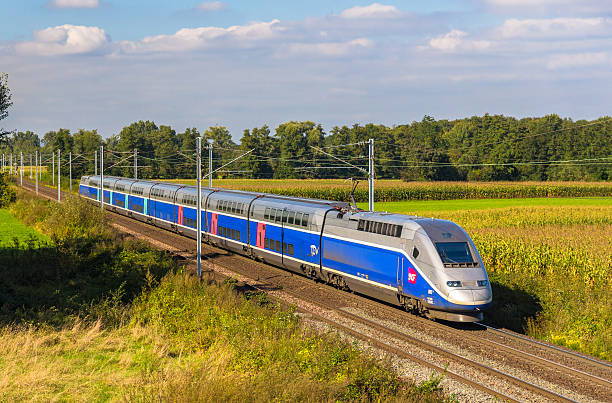
When looking at public transport systems in cities in France and in the United States, it is easy to see that these differences are not only numerous, but that at their core lies a fundamentally different outlook on these systems.
The first key difference between the United States and French public transport systems is the use of these systems. French public transport systems are used much more frequently than those in the United States. Looking at total populations, approximately 14% of French people reported consistently using the public transportation system, compared to only 5% of Americans. However this difference is not cut and dry; when looking at some US cities with more developed public transport systems, like New York City, the percentage of public transportation users rivals and even surpasses some larger French cities.
A second key difference in these systems is the level of priority given to public transport. French governments see much more use in a tramway than a road, as a tram accommodates many more people than a car would. The priority placed on public transport systems in France is shown in the fact that French cities tend to insert public transit tram tracks onto public streets. This highlights the fact that public transport and pedestrians are prioritized over cars. France has many areas of a city or town reserved for pedestrian-only use and in which most or all automobile traffic is prohibited.
Another aspect of the French public transport system that has yet to come to the United States is the presence of a TGV, or a high speed train. The TGV operates all across France, as well as many other European nations, and Europeans use this train in place of a plane. The United States has yet to add this aspect of transportation, traveling across the country in mainly planes or cars. California does have plans to build the US’s first high speed train, but operations are not set to begin until 2030.
In comparing these two systems, it seems very clear that the largest underlying factor for these differences is size. The United States is approximately 17 times the size of France. Therefore, in the development of the United States transit system, it was taken into account that this vast amount of land all needs to be connected together. This poses an obvious problem with the development of public transport, especially on a national scale, as this transport has many more places to connect together than in France.
Not only is the United States a much larger country, but it is also less centralized than France, both on a national and international scale. The French capital city, Paris, is located in a very central area of the country. Therefore, France has the luxury of being able to connect all major cities to the capital. In the United States, the capital city is Washington DC, and the most metropolitan city is New York City. Both of these major cities are located on the east coast of the country, making them completely disconnected from the other half of the country.
Despite these fundamental differences in the structure of the country, the United States is continuing to develop new and improved public transport systems in major cities across the country.
Overall, transportation in general looks very different in these two countries, and this results in fundamental differences in the daily lives of citizens. The culmination of all these factors leads to a large difference in the relationship that citizens have with cars. In the United States, cars are not looked at as an option, they are a necessity. For American students, turning 16 is a true milestone. Getting a driver’s license means no longer being transported to school and after school activities, and being able to drive themselves. This is a large step for an American student’s independence. French students, however, can get themselves to school, work and extracurriculars through the public transport system before this milestone.
Along with a difference in the history of transportation, modern transportation is not any more similar. These transportation differences impact not only the daily lives of citizens, but also the relationship that citizens have with their environment.
? Exploring one’s environment at a different pace: a simple way to improve mental health
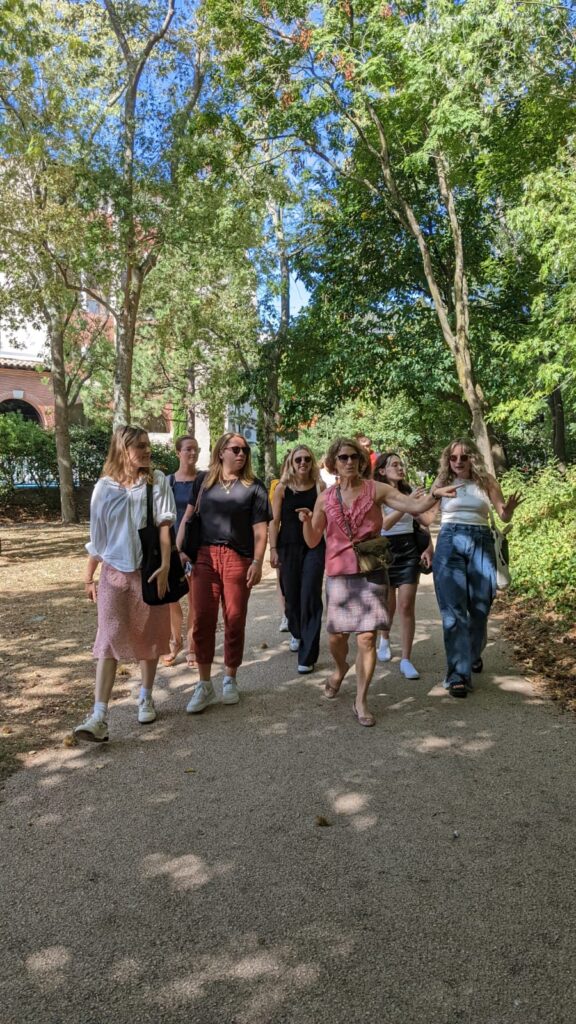
Not only does France’s model of favoring pedestrians make life more convenient for the average person, who uses public transportation as their main means of getting around the city, but it also boasts other positive effects, namely garnering a better appreciation of the city for the residents of the community-centered and easily-navigable Toulouse. The limited options for parking in the lively and picturesque centre-ville mean that it is essential to explore the pink city on foot or by utilizing the effective public transportation system.
These attributes also can very positively affect the mental health of the people who live in and visit Toulouse. Indeed, Toulouse’s non-grid layout means that it is very simple and necessary to get outside and get some fresh air to get to where they’re trying to go, which research proves time and time again is good for one’s mental health, particularly in this day and age, where we have been set back by COVID-19 and its necessary but tough restrictions. Being outside has proven to ease symptoms of anxiety and depression, as well as boost mental clarity, productivity, and creativity. And whereas in some cities (like New York or Los Angeles) can be stressful with all of the noise and traffic, Toulouse’s practice of favoring pedestrians makes it so much easier, by taking measures like putting roadblocks up so that cars cannot pass through pedestrian-dense areas.
Another important aspect in making Toulouse a pleasant place for people without needing to rely on cars is all of the community spaces that provide oftentimes free entertainment for tourists and locals. The one that tends to be publicized the most is Place du Capitole, where people can enjoy a variety of events with the backdrop of the beautiful capitol building. During our time here, there was a pole vaulting competition, a wine tasting event, a sustainability festival, an expansive Christmas market, and weekly marchés that offer people a chance to explore the local culture and vivacity of the city free of charge. In my personal experience and the experience of my peers, no car is needed to enjoy these events, only the very efficient public transportation system, with thirty eight stations spaced about 10 minutes apart from each other, or a scenic walk, depending on how close one lives to the Centre Ville. Sundays are a favorite of the people living in Toulouse, as one can take the pace a bit more slowly and take even more time to traverse the lovely city without the expectation to be anywhere. With dozens of markets being open exclusively on Sundays, it is easy for people to interact with local small business owners while boosting the local economy, and all without traveling too far or having to rely on cars or overcomplicated highway systems.
Conclusion
France has some of the world’s most walkable cities, and as a result, the people of Toulouse are some of the happiest and feel that they have a very satisfactory overall quality of life. Research shows that people living in non-walkable cities with a high volume of highways and expressways do not feel the same, and feel more depressed than those living in cities where cars are not favored, but rather pedestrians and public transport. As we can see from this fact alone, it is of utmost importance to favor a system of efficient public transportation and walkability, as experienced in Toulouse. It is imperative for the US to begin to implement systems like Toulouse’s into its less easily walkable cities.
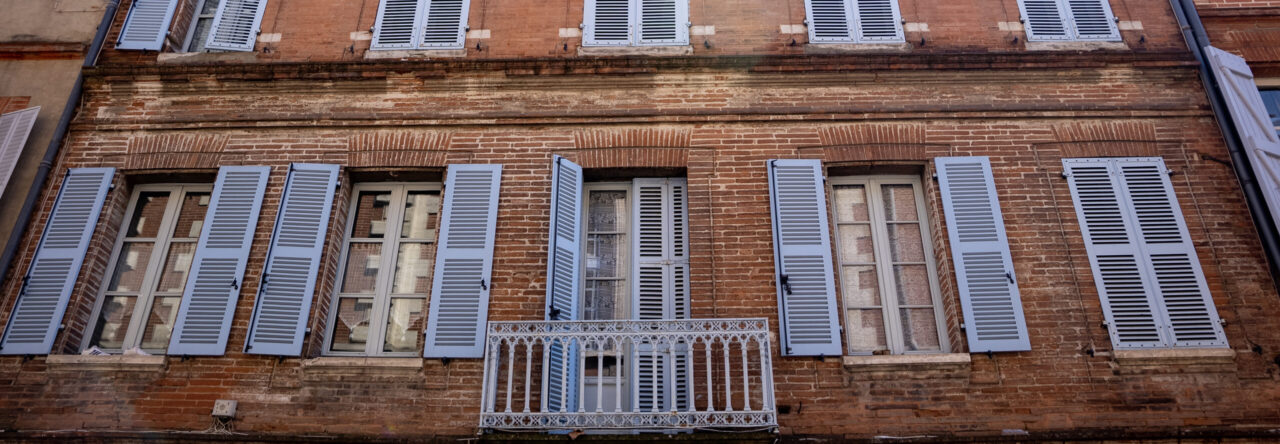
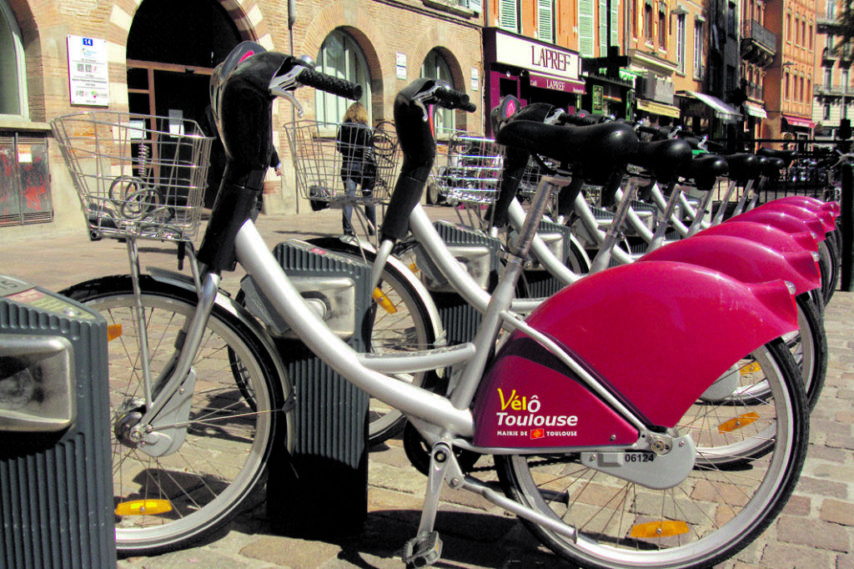
















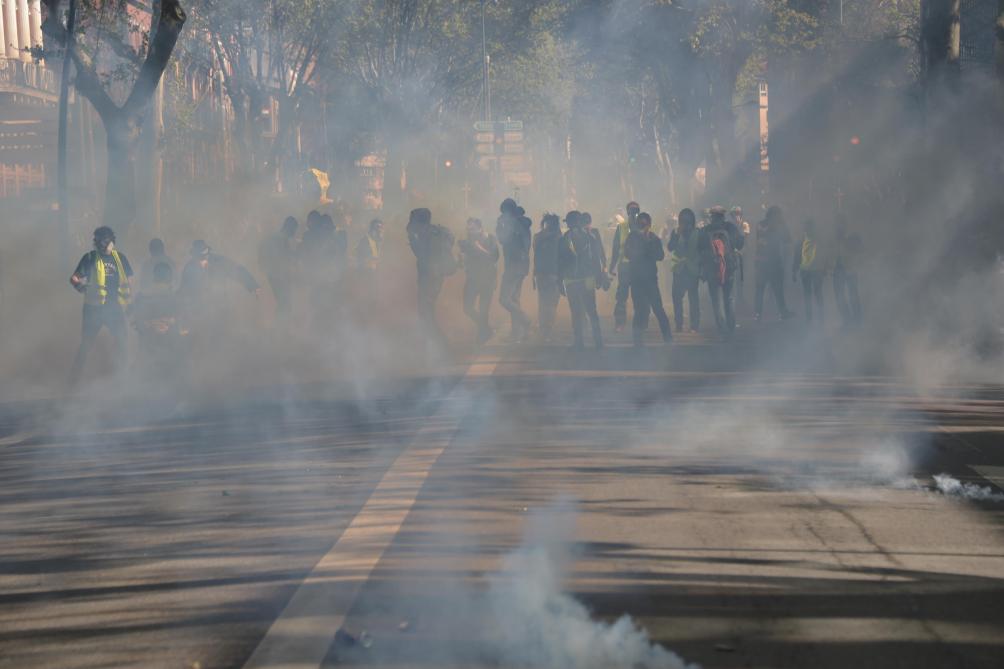

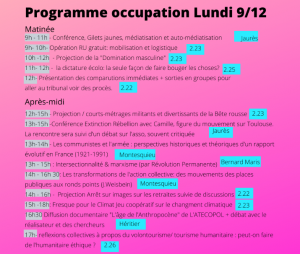
 In the United States, protests are much more common than strikes. But even when there are protests, they are not national such as in France. There are protests for individual causes, and they usually last no more than a day. A good example is the Women’s March. This is a group that holds protests in many big cities around the US every year. The goal is “to harness the political power of diverse women and their communities to create transformative social change” (Women’s March), but not necessarily to make specific changes in law or government. This is more commonly the purpose of protests in the US because the constitution and the law is much harder to change than in France. Our constitution is almost impossible to amend, while in France, they amend the constitution about every two and a half years. This is a simplified explanation for why protest culture is so different in France, and why the protests make change in France.
In the United States, protests are much more common than strikes. But even when there are protests, they are not national such as in France. There are protests for individual causes, and they usually last no more than a day. A good example is the Women’s March. This is a group that holds protests in many big cities around the US every year. The goal is “to harness the political power of diverse women and their communities to create transformative social change” (Women’s March), but not necessarily to make specific changes in law or government. This is more commonly the purpose of protests in the US because the constitution and the law is much harder to change than in France. Our constitution is almost impossible to amend, while in France, they amend the constitution about every two and a half years. This is a simplified explanation for why protest culture is so different in France, and why the protests make change in France.


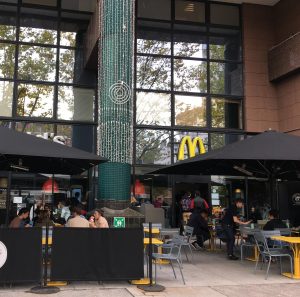
 However, oddly enough, most of these McDonald’s actually have a small side window where people can order to-go in a drive-thru like feature, but basically replacing the cars with humans. In addition, McDonald’s is not quite everywhere in France as it is in America. The fast-food chain surely exists and is present in large cities, but they are not necessarily in every neighborhood like they usually are in the States. According to Statistica.org, there are only around 1,400 locations in all of France in 2018, which is approximately only 10 percent the amount in the U.S. Moreover, French McDonald’s is not the 24-hour show that is in America: they actually usually close around 1am and open around 8am.
However, oddly enough, most of these McDonald’s actually have a small side window where people can order to-go in a drive-thru like feature, but basically replacing the cars with humans. In addition, McDonald’s is not quite everywhere in France as it is in America. The fast-food chain surely exists and is present in large cities, but they are not necessarily in every neighborhood like they usually are in the States. According to Statistica.org, there are only around 1,400 locations in all of France in 2018, which is approximately only 10 percent the amount in the U.S. Moreover, French McDonald’s is not the 24-hour show that is in America: they actually usually close around 1am and open around 8am. One of the most common memes about American McDonald’s revolves around the theory and fact that their ice cream machine is always broken. Therefore, really the only dessert option rests at a soggy apple McPie. Yet in France, McDonald’s features special items specific to the country such as burgers and sandwiches made with a fresh, warm baguette. You can even finish off your meal with dessert options ranging from five different flavors of macarons to mini tiramisu to the southwestern French specialty, canelé. With menu options like these, I would surely be open to French McDonald’s dining experience.
One of the most common memes about American McDonald’s revolves around the theory and fact that their ice cream machine is always broken. Therefore, really the only dessert option rests at a soggy apple McPie. Yet in France, McDonald’s features special items specific to the country such as burgers and sandwiches made with a fresh, warm baguette. You can even finish off your meal with dessert options ranging from five different flavors of macarons to mini tiramisu to the southwestern French specialty, canelé. With menu options like these, I would surely be open to French McDonald’s dining experience.